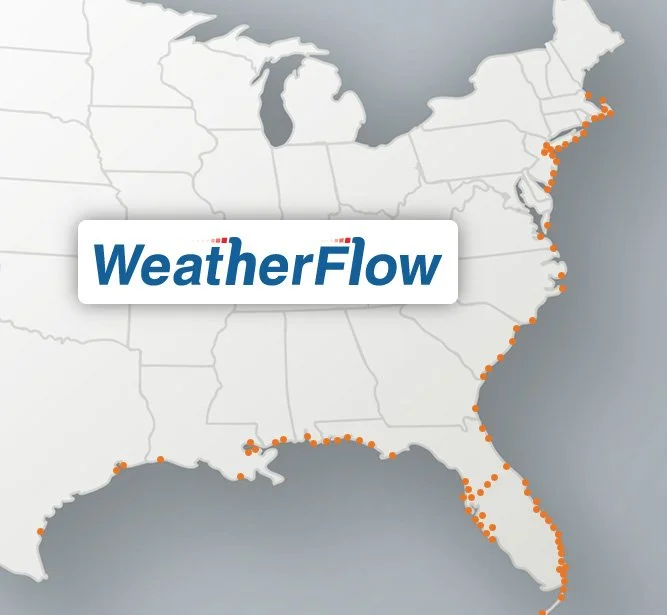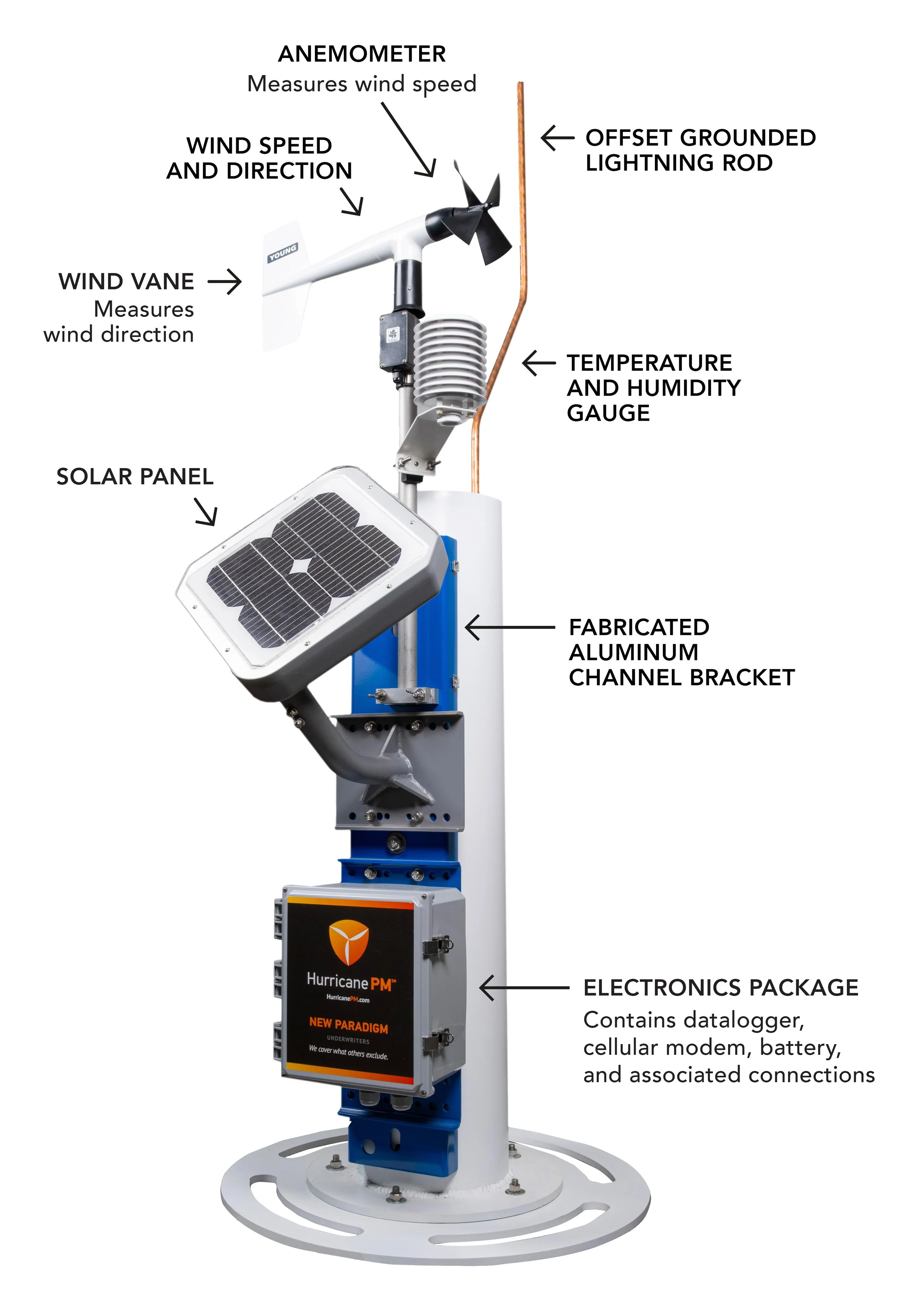Wind speed triggered risk transfer available to provide affordable first dollar protection to almost any economic loss as a result of a named storm exceeding a pre-determined wind speed.
There is a tremendous difference between the true need to recover from a Hurricane vs. the coverage provided by traditional insurance policies.
why we are different
First dollar Windstorm Coverage for items either not covered by, or below traditional insurance deductibles
Rapid Claims Payment (As early as within days of covered loss payment event)
Small to very large limits
Industries Served
Agriculture
Commercial Real Estate
Condominium/Homeowner Associations
Contingent Business Interruption
Energy
Financial Institutions
Gaming
Golf Courses and Country Clubs
Healthcare including Hospitals & Assisted Living Facilities
High Value Homeowners
Hospitality
Industrial & Manufacturing
Mobile Home Parks
Multi-Family Residential
Municipalities and Infrastructure
Power and Utilities
Resorts and Hotels
Schools, Colleges, and Universities
Transportation
weatherflow's Hurricane Network
Begun in 2007 in response to emerging needs in the fields of civil engineering, emergency management, hurricane research, and risk mitigation, the WeatherFlow Hurricane Network includes 100 specialized stations, placed near coastal urban concentrations and are specifically designed to withstand the conditions associated with a landfalling hurricane. With instruments designed to survive winds of 140 mph, these stations are fully self sufficient – no external power or communications devices are needed. This system was recognized by Brig. Gen. David L. Johnson, USAF (ret.), then director of NOAA’s National Weather Service: “Our arrangement with WeatherFlow is a great example of the public/private partnership that provides weather services to this country every day. The WeatherFlow Hurricane Mesonet offers the potential to improve data coverage along the U.S. coast with stations designed to survive the extreme conditions that landfalling hurricanes bring, allowing us to provide better services and improve our hurricane warnings. Their willingness to let us use their data directly in our warnings is the kind of corporate good citizenship the weather enterprise is known for.”
The Hurricane Network has proven itself repeatedly, including two significant landfalling storms. The first came in September 2008, when Hurricane Ike made landfall on the Texas coastline with wind gusts over 110 mph. All 7 WeatherFlow Hurricane Network stations in the Houston/Galveston region stayed on line and collected data throughout the storm – a 100% success rate that is a testament to the planning and preparation that went in to these stations.







